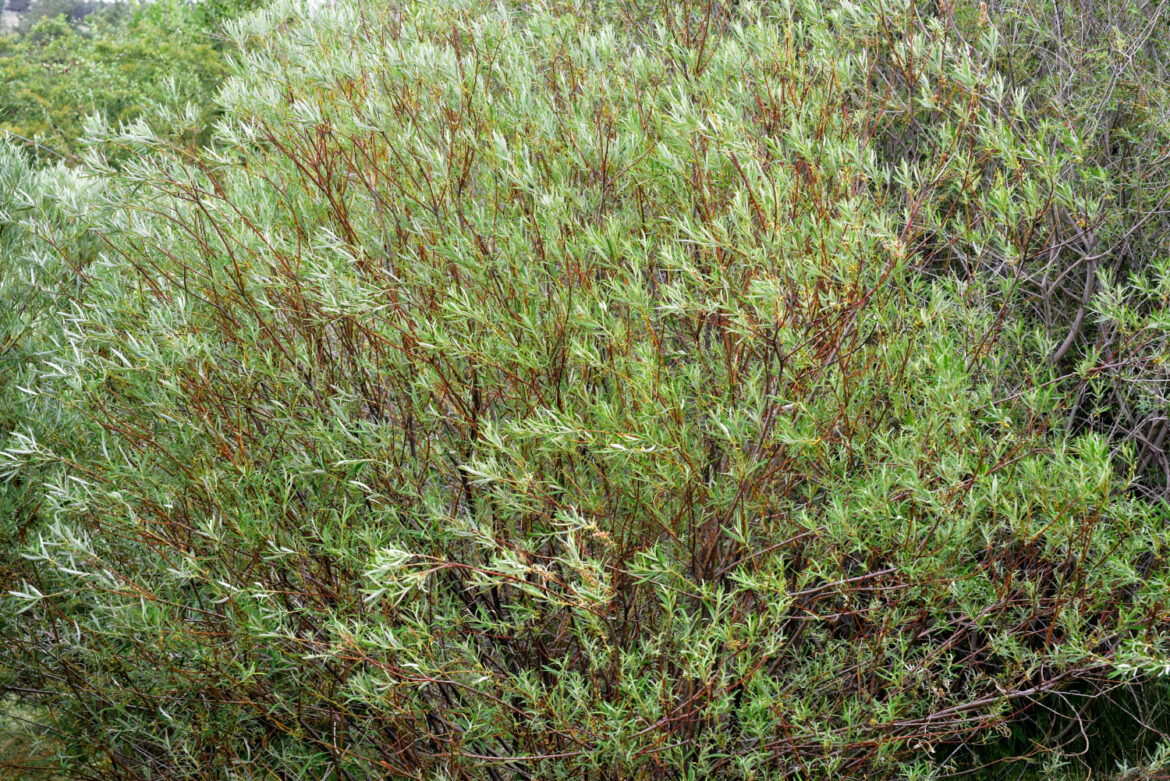Scientists from the University of Warmia and Mazury (UWM) in Olsztyn are conducting research of purple willow and its use in the pharmaceutical industry.
The research is implemented by a team: Dr Jerzy Przyborowski, UWM; Dr Paweł Sulima and Eng. Anna Kuszewska.
The medicinal properties of willow bark were already known to humans almost 2 000 years BC. This valuable herbal raw material can be used as an analgesic, anti-inflammatory, antipyretic, antirheumatic, antimicrobial and antibacterial medicin. ‘This is how it has been used for millennia’ emphasises Lech Kryszałowicz, noting that willow bark is characterised by a unique composition of medicinal substances, such as salicylic glycosides, flavonoids, phenolacids and tannins, which make it one of the raw materials of plant origin with a comprehensive medicinal effect.
“In recent decades, there has been a resurgence of interest in natural medicines based on standardised plant raw materials. Our proposed solution is the cultivation of purple willow varieties bred by us on arable land. This will provide pharmaceutical companies, food supplement manufacturers and feed additive producers with a source of high-quality herbal raw material. Farmers will be able to use land that is less suitable for agriculture, thus providing them with an opportunity for additional income’, explains Dr Paweł Sulima from the Department of Genetics, Plant Breeding and Biosulphur Engineering at the UWM Faculty of Agriculture and Forestry.
Aspirin has almost the same effect as willow extracts, but it acts quickly after administration and the therapeutic effect in the body is quite short-lasting. Salicylic glycosides contained in willow bark, on the other hand, act with a delay, but the therapeutic effect lasts much longer.
Scientists from Olsztyn have determined that of the many willow species occurring in our climatic conditions, the purple willow bark is the most abundant in salicylic glycosides.
Adrian Andrzejewski





